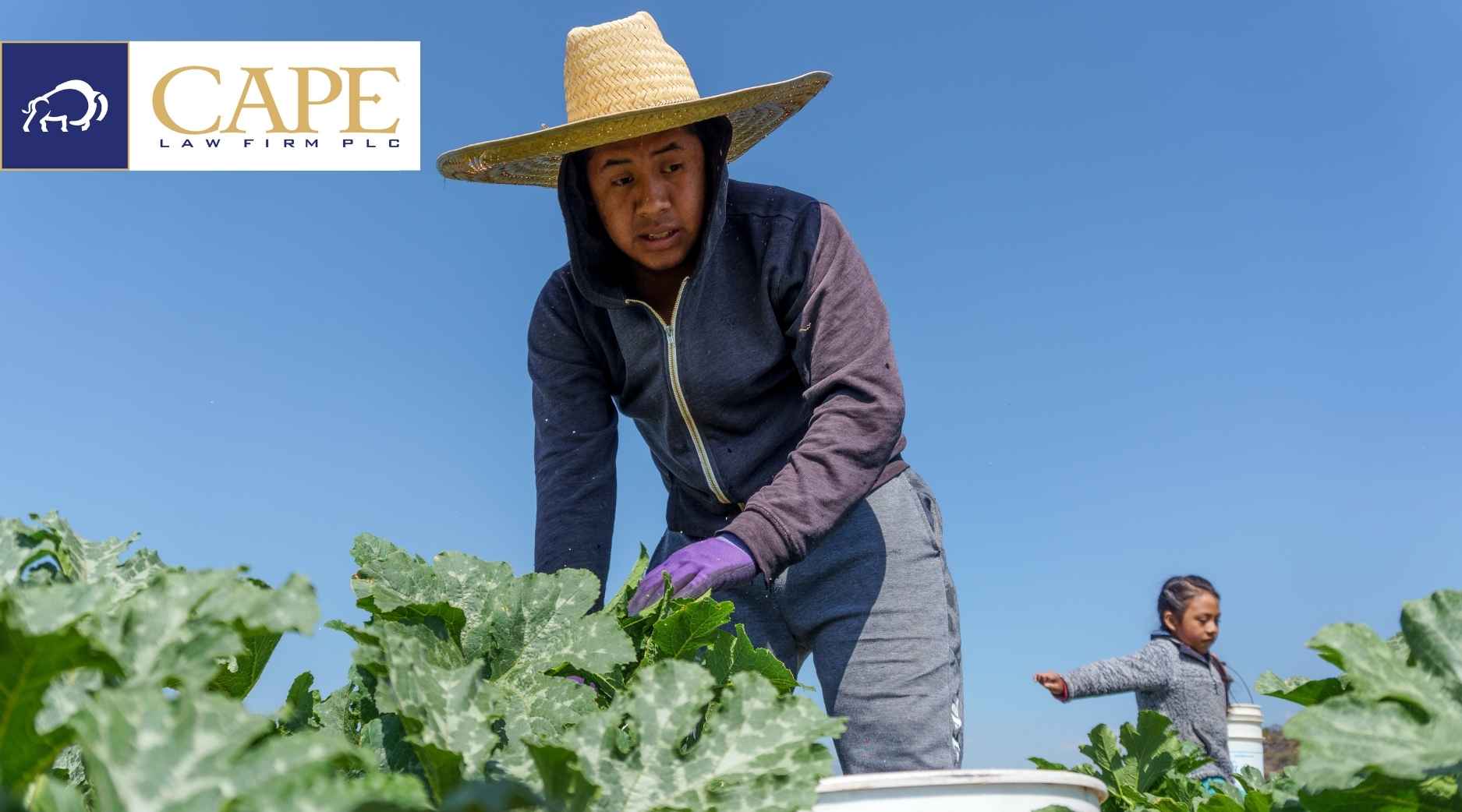Seed’s Microbiome – An Emerging Frontier of Seed Technology
New research points to the potential of seed’s microbiome as a trait to consider for plant breeding. In the never-ending quest for more resilient, higher-yielding crops, microbiome research (microbiomics) is emerging as a new scientific frontier that may shape the future of plant breeding. Recent research on the microbiome of fonio (a type of millet) indicated that at least a portion of a seed’s microbiome is heritable, i.e., it can be transmitted to the next generation of plants. The study identified several genes that appear to influence the community of microbes in fonio, which indicates that plant genetics play a role in the diversity of the plant’s microbiome. Such research is also challenging the generally accepted mantra that genes are the blueprints for living organisms as new data demonstrates that a gene’s function depends on many external influences. Although this area of research is still in its infancy, it is attracting significant interest and investment. You can read more here.
PFAS-Contaminated Fertilizer Leads to Farm Lawsuit
Tiffany Lashmet of Texas A&M recently reported on a lawsuit filed in Maryland by a group of Texas farmers and cattle producers against Synagro, a manufacturer of fertilizer made from wastewater biosolids. According to the Complaint, the Plaintiffs applied a fertilizer product known as Synagro Granulite which is made from biosolids collected from municipal wastewater facilities throughout the U.S. While the wastewater is treated to remove unwanted chemicals, the treatment process is unable to remove PFAS (per- and polyfluoroalkyl substances) also known as “Forever Chemicals” because they don’t break down. According to the Environmental Protection Agency, PFAS are harmful and are everywhere in the environment, including people and animals. Plaintiffs alleged that their lands have become permanently contaminated with PFAS as a result of the fertilizer applications, that they are experiencing health problems, and they may have to abandon their farms. You can read the Complaint here.
2022 Ag Census – Another Wake-Up Call Going Unanswered
The results of the 2022 Ag Census were released last month, providing more data for what has been a fairly long trend in American agriculture – a loss of farms, farmers, and farmland and consolidation of large operations since the last census conducted in 2017. Some of the statistics include:
- A loss of around 142,000 farms – for the first time the number of U.S. farms fell below 2 million.
- The exit of around 20 million acres from production
- A roughly 5% increase in average farm size to 463 acres
- The number of large and very large farms increased
- The average age of producers increased to 58.1 years old
Secretary of Agriculture Tom Vilsack called the statistics a “wake-up call,” and asked: “Are we OK with losing that many farms? Are we OK with losing that much farmland or is there a better way?” But is anyone even hearing the phone ring?
As sobering as the statistics are, they didn’t exactly make the national headlines – maybe in the ag press, but not in the major national news outlets. But why?
Pondering this for a moment, a few things came to mind:
- We’re generally a well-fed lot – there is more than enough food in the U.S., and some might even argue we have too much (why else would Ozempic and Mounjaro be so wildly successful).
- Food in the U.S. is cheap (recent inflation notwithstanding). Americans generally spend less on food than any other country in the world.
When people are full and they have enough money left after going to the grocery store, they aren’t likely to see a reduction in farms and acreage as a problem. So what about policymakers – shouldn’t they be at least somewhat alarmed?
- Roughly 3.4 individual producers are working on those 1.9 million farms. While the number of producers decreased, it was less than 1%.
- However, there are around 161 million registered voters in the U.S. – in other words, there are far more non-farm voters clamoring for Congressional attention
- Production is quite efficient at the higher levels, where the top 1% of farms account for roughly 50% of sales
- The value of U.S. ag production has increased by 45% since 2017 and net farm income increased by 72%
Hmm – if farms are efficiently making money and the non-farm voters (of which there are many) aren’t complaining about too few farms, policymakers are likely to turn their attention to something more pressing (like passing the umpteenth stop-gap budget to keep the Feds from shutting down). It might also explain why ag policy tends to follow the same well-worn narrow path. Of course, this oversimplifies the issues, but it is hard to deny the data trend and the underwhelming concern it generates. If these statistics aren’t considered “news” then maybe the answer to Vilsack’s rhetorical questions is simply, “Yes.” Or it might be more helpful to ask are we OK with a handful of farms producing almost everything and leaving the rest to a gaggle of hobby farmers?





